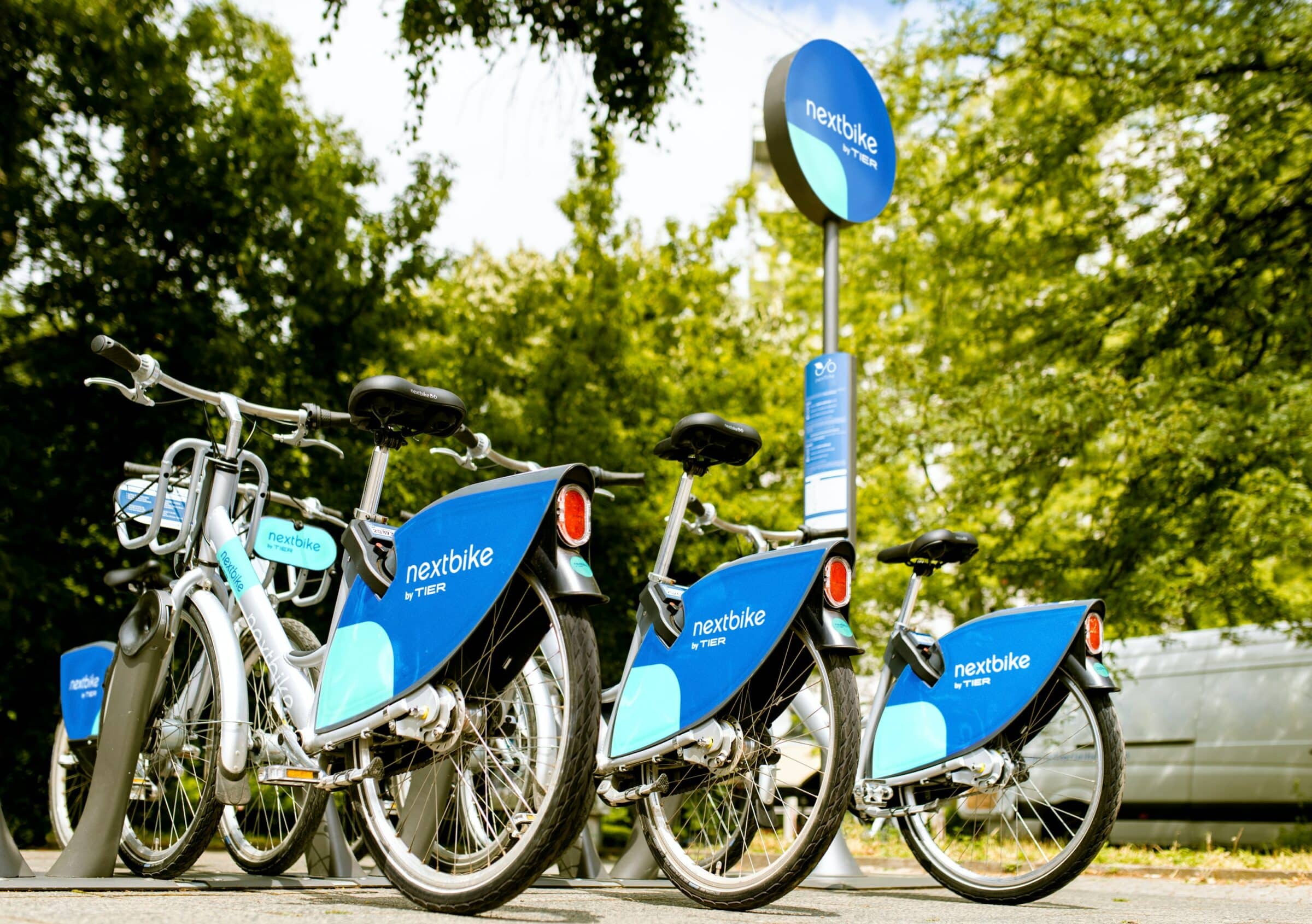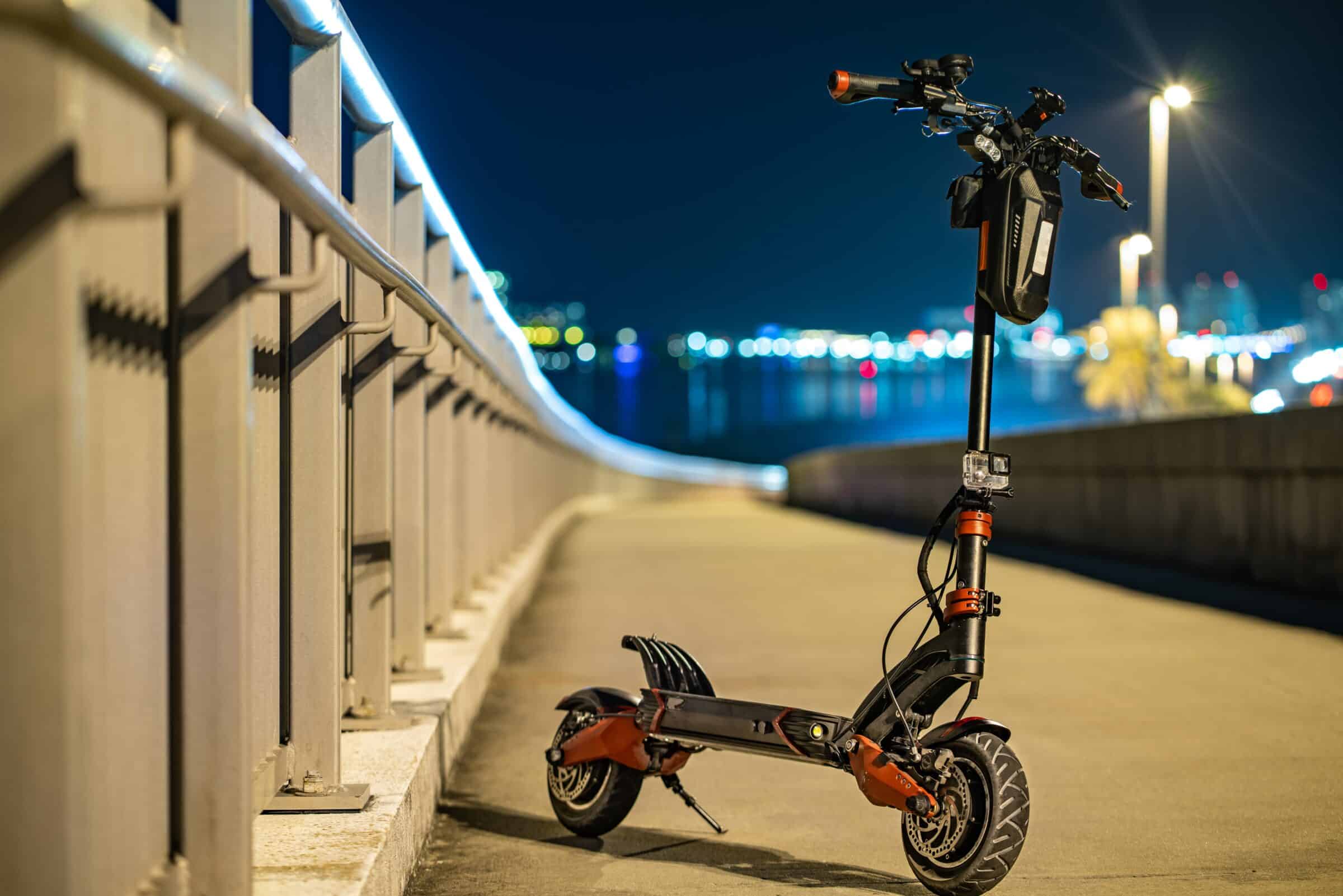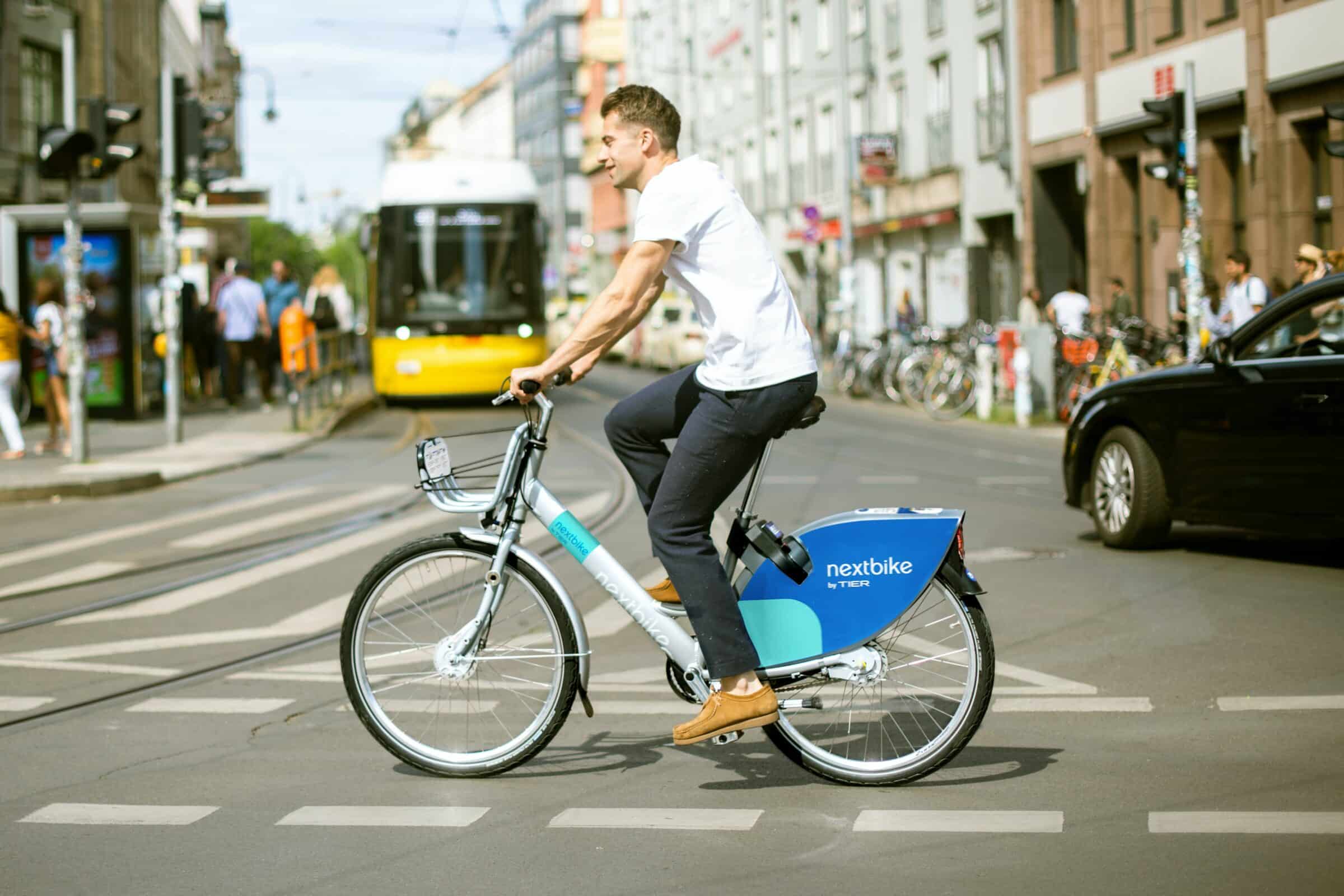Micromobility, a term that has swiftly entered our lexicon, refers to a range of small, lightweight vehicles operating at average speeds of 12 mph and driven by users individually rather than on a shared basis like public transport.
This concept, encompassing e-scooters, e-bikes, and even pedal-powered bicycles, is rapidly transforming urban transportation by offering an efficient and eco-friendly alternative to conventional modes.
The Internet of Things (IoT) plays a pivotal role in this transformation, intertwining digitalisation and mobility to revolutionise the way we navigate our cities.
This blog post delves into the fascinating world of micromobility and explores the integral part IoT plays in its proliferation.
What is micromobility?
Micromobility refers to a category of modes of transport that are provided by very light vehicles, such as electric scooters and electric pedal-assisted bicycles – all of which typically travel under 15 mph.
The primary condition for these methods of transportation is that they are designed for individual or small-scale use. These sustainable and compact transportation options are ideal for short-distance travel, bridging the gap between the transportation deserts and larger public transportation hubs.
After the phrase ‘micromobility’ was coined in 2017 by USA business analyst Horace Dediu, the industry has grown tenfold, now being worth over an estimated USD 40.19 billion globally.
The scope of this technology’s economic potential is huge and looks set to continue to grow to an estimated USD 195.42 billion by 2030.
Furthermore, there has been a staggering 13900% increase in e-scooter global revenue from 2017 to 2022, showcasing how fast the micromobility market has been moving in recent years.
How is micromobility improving the public’s lives?
The implementation of micromobility in cities and urban areas has already begun changing the lives of the people living within these communities in sizable ways.
Micromobility presents a solution to the long-standing problem of urban congestion, greatly reducing commute times and fostering a more efficient and environmentally friendly use of existing infrastructure.
With e-scooters being one of the most environmentally friendly forms of transport available within these areas, it’s clear that the effects of increased uptake in micromobility would be far-reaching and highly beneficial.
Therefore, by offering citizens the choice to rent e-scooters and electric bikes to get where they need to be, it can greatly decrease the carbon footprint of the city and contribute to environmental sustainability and cleaner air.
Furthermore, micromobility enhances accessibility in cities, supplying a convenient, low-cost mode of transportation that can be accessed through the simple touch of a smartphone app. This democratisation of transportation encourages a more active lifestyle, promotes greater social interaction, and fosters a sense of community among citizens – such as those on a morning commute.
Moreover, the advent of these transport modes has spurred the creation of various job opportunities, contributing to the economy of urban areas and cities.
The role of IoT in micromobility
The Internet of Things (IoT) and, in particular, IoT SIM cards, are instrumental in the evolution and growth of micromobility. Many IoT SIM cards being fitted in eSIM format by manufacturer’s due to their smaller form factor and vibrational resilience.
IoT technology enables real-time monitoring and control of micromobility devices (including payment), thereby enhancing their availability, usability, functionality, safety, and efficiency.
For instance, IoT SIM cards fitted in electric scooters or bikes allow for continuous connectivity, irrespective of the location, ensuring the constant transmission of critical data such as device location, battery level, and usage statistics.
This data empowers operators to optimise fleet management, perform preventative maintenance, and even identify patterns of usage that can inform the future development of services.
Moreover, IoT technology fosters an improved user experience by helping seamless device booking and payment through user-friendly apps.
Thus, the incorporation of IoT and IoT SIM cards in micromobility devices is transforming urban mobility, making it more intelligent, efficient, and user centric.
In addition to these benefits, IoT and IoT SIM cards serve as pivotal elements in ensuring the security and compliance of micromobility services.
By tracking real-time data, operators can check the movement and behaviour of individual vehicles, showing instances of misuse or deviation from approved routes. This not only enhances user safety but also helps operators enforce local regulations, such as no-ride zones and parking restrictions.
Furthermore, in case of theft or loss, the GPS-enabled IoT technology can locate and recover misplaced e-scooters or e-bikes, minimising financial losses for operators.
It’s clear to see IoT plays a critical role in the micromobility ecosystem, extending far beyond operational efficiencies and user experience – it is key to maintaining a reliable, secure, and compliant service.
Challenges micromobility faces
While there are many clear benefits to utilising micromobility vehicles within cities, there are some key challenges city officials must consider before implementing these services.
Unsafe use
For one, the easy-access nature of micromobility has created a variety of safety concerns, particularly around e-scooters that are often used for reckless and dangerous behaviour – such as riding on pavements or not wearing a helmet.
While many e-scooters require their riders to present their driving licence before using the vehicle, this is not always the case. With studies showing that 56% of people believe that e-scooters should require a licence similar to driving, manufacturers and cities must work together to ensure these services are used safely and responsibly.
One way to tackle this challenge is by educating the public about safety guidelines, rules of the road and an awareness of the risks associated with riding electric scooters.
Coordination
Another key challenge that must be considered relates to the logistics of effectively managing micromobility fleets.
Balancing the supply and demand of e-scooters or e-bikes across various neighbourhoods, times of the day, and weather conditions can be complex. This could lead to problems such as oversupply in some areas, causing cluttered sidewalks, or undersupply in others, undermining the availability and reliability of the service.
A potential solution to this unsustainable predicament would be using advanced IoT analytics to optimise fleet distribution.
Data collected by IoT devices could help operators to predict demand patterns more accurately and distribute the vehicles accordingly. This way, operators can ensure a consistent, reliable service, while also respecting urban spaces and avoiding any unnecessary clutter.
Theft
Following on from the last two points, the possibility of theft is still a crucial challenge that must be considered. Due to their portable nature and easy accessibility, e-scooters and e-bikes are prone to being stolen or vandalised, leading to considerable financial losses for operators.
Fortunately, the integration of IoT technology could supply a solution to this predicament.
By using GPS tracking capabilities and real-time connectivity offered by IoT, operators can track the location of their devices. In case of theft, this technology can aid in quickly finding and recovering the stolen devices.
Furthermore, advanced IoT solutions can enable remote immobilisation of a vehicle once the theft is detected, adding an extra layer of protection. Thus, IoT not only enhances the operational efficiency and user experience in the micromobility sphere, but it also plays a crucial role in mitigating risks associated with theft.
App security
Another key challenge that the micromobility sector encounters pertains to app security. With the proliferation of IoT, the apps that power micromobility – used for everything from finding a vehicle to processing payments – are becoming prime targets for cybercriminals.
These virtual platforms potentially expose sensitive customer data, including names, addresses, bank details, and location history, to unauthorised access and theft.
To combat this issue, micromobility providers must invest in advanced security measures, such as robust encryption protocols and restricted access measures for all data transmissions.
Additionally, employing multi-factor authentication for app access, routinely testing the system for potential vulnerabilities, and keeping the app software continuously updated can significantly reduce the risk of security breaches.
Therefore, prioritising app security can ensure customer trust, safeguard their privacy, and ultimately, contribute to the sustainable growth of the micromobility sector.
What’s next for micromobility?
Looking forward, it’s obvious that the micromobility industry is on the up due to technological, lifestyle, and demographic changes and the political need and priority for sustainable transport policies. Utilising IoT technology ensures that these systems are deliverable and maintainable for operators and consumer users.
Envisioned as a key part of urban mobility, micromobility, synergised with IoT advancements, therefore, is set to further redefine our cities’ transportation landscapes in the persistent desire for convenience, accessibility and flexibility of travel.
Furthermore, new network and device advancements in IoT will lead to significant improvements in service efficiency, user experience, safety, and security.
We will increasingly see micromobility being implemented as integrated solutions within smart cities, wherein these vehicles work seamlessly with other transportation modes and travel management and planning/payment apps. All being made possible and orchestrated by IoT, to supply an integrated, sustainable, and efficient overall mobility solution for users.
IoT connectivity solutions for micromobility
Being an industry leader in IoT connectivity, Caburn Telecom can supply a seamless connection for micromobility vehicles as well as the systems that support them.
By leveraging Caburn’s reliable and cost-effective IoT SIM cards, backed by legitimate roaming agreements, micromobility providers can ensure their fleet of vehicles remain connected wherever they are in the world – maximising legitimate use, reducing downtime, improving customer experience, optimising operational efficiency, and minimising costs.
We understand that when it comes to micromobility, reliability is key. With Caburn’s reliable connectivity solutions supplying maximum uptime and geo-resilience, this enables operators to focus on what really matters – supplying a reliable service for their customers.
Contact a member of our team today to discover more about our micromobility connectivity solutions.




